Cricket, often described as a game of glorious uncertainties, is a sport where every aspect counts, and none more so than fast bowling. Fast bowlers hold a unique position in the game, often turning the tide in favor of their teams with raw pace, bounce, and swing. In this article, we dive deep into the captivating world of fast bowling, unraveling the techniques, variations, and strategies employed by some of the best fast bowlers in the history of the game.
The Role of a Fast Bowler
Fast bowlers are the artillery of a cricket team, known for their ability to deliver the cricket ball at high speeds. They are the frontline aggressors, responsible for unsettling batsmen, breaking partnerships, and ultimately, taking wickets. The role of a fast bowler is pivotal in creating pressure and setting the tone for the team.
The Evolution of Fast Bowling
Fast bowling has undergone a remarkable transformation over the years. The days of ‘hit the deck’ and ‘bowl fast’ have given way to a more nuanced and strategic approach. Earlier, it was all about raw pace, but modern fast bowlers are tacticians who combine speed with precision.

Bowling Techniques
1. Grip and Seam Position
The grip and seam position play a fundamental role in fast bowling. The grip determines how the ball behaves in the air, and the seam position can make it move off the pitch. Different bowlers employ various grips to achieve the desired effect. Seam position is equally crucial, as it can generate movement off the pitch.
To excel in this aspect, bowlers need to practice different grips and seam positions tirelessly. A well-practiced grip can help the ball swing late or early, while the seam position can produce awkward bounce or lateral movement, making it challenging for batsmen to settle.
2. Bowling Action
A correct bowling action is the foundation of every fast bowler’s success. It not only affects accuracy but also plays a significant role in preventing injuries. There are two primary types of bowling actions – side-on and front-on. A side-on action provides more lateral movement, whereas a front-on action generates extra pace.
A smooth and injury-free action is achieved through relentless practice and the guidance of coaches who can help fine-tune a bowler’s technique.
3. Bowling Speed
The most obvious attribute of fast bowling is, of course, speed. Bowling faster than the batsman’s reaction time is essential to unsettle them. Factors like strength, body mechanics, and fitness contribute to a bowler’s speed. Fast bowlers often work on their strength and conditioning to consistently bowl at high speeds.
Increasing speed is a gradual process and involves building strength and maintaining a streamlined action. Bowlers also focus on speed variations to keep the batsmen guessing.
Variations in Fast Bowling
1. Swing Bowling
Swing bowling is an art that has bamboozled batsmen for generations. It involves making the ball curve in the air. There are two types of swing – conventional and reverse. Conventional swing is when the ball moves in the direction of the polished side, while reverse swing occurs when the ball moves in the opposite direction.
To master swing bowling, bowlers need to maintain the shine on one side of the ball, align the seam position correctly, and understand how to use wrist and seam orientation to achieve late movement.

2. Seam Bowling
Seam movement is another weapon in the fast bowler’s arsenal. It involves the ball hitting the pitch and deviating unpredictably. The seam position, along with the condition of the pitch, plays a significant role in generating seam movement.
Bowlers who excel in seam bowling are known for their ability to consistently hit the seam position on the pitch, making it challenging for batsmen to predict the ball’s behavior.
3. Bounce Bowling
Bounce bowling is about extracting extra bounce from the pitch. Fast bowlers use their height and technique to hit the pitch hard, causing the ball to rear up awkwardly. This can be a potent weapon, especially on pitches with variable bounce.
To become proficient in bounce bowling, bowlers need to understand the pitch conditions, focus on accuracy, and work on their fitness to maintain the intensity required to generate bounce.
Strategies for Fast Bowling
1. Attacking the Stumps
One of the primary strategies of fast bowling is attacking the stumps. Fast bowlers use their pace to target the batsman’s stumps. By hitting the stumps or inducing batsmen to play shots in that direction, fast bowlers increase the chances of dismissing them.
This strategy requires precision, control over line and length, and an ability to generate late movement. Bowlers like Wasim Akram were masters of this craft.
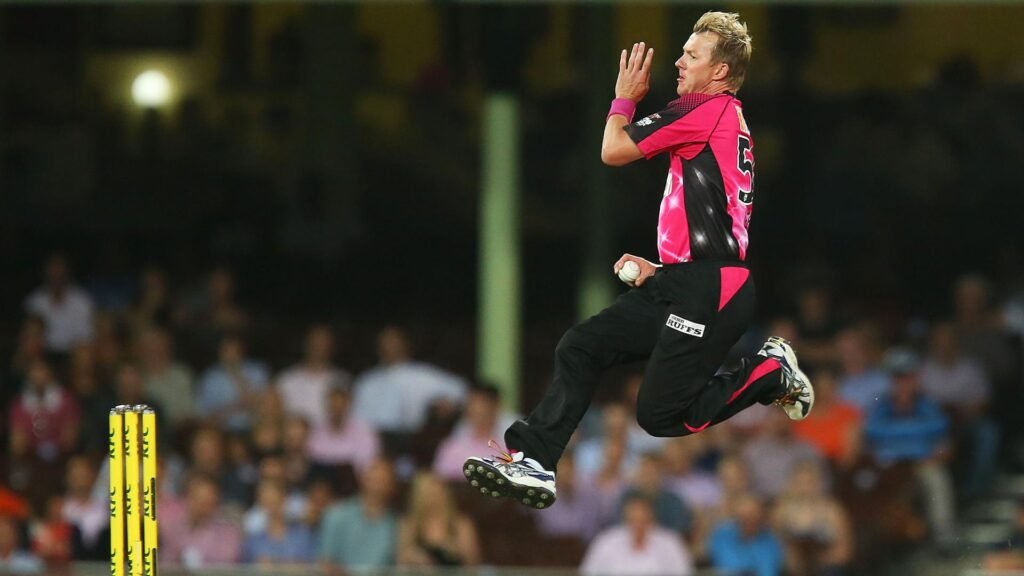
2. Bowling Yorkers
Bowling yorkers is an essential aspect of fast bowling strategy. A well-executed yorker is a deadly delivery, difficult to defend against. Fast bowlers use yorkers in the death overs of limited-overs matches to restrict runs and take wickets.
To master the yorker, bowlers need to practice the length and target areas consistently. It’s a delivery that requires excellent control and execution.
3. Setting Up Batsmen
One of the subtler aspects of fast bowling is setting up batsmen. This involves planning a sequence of deliveries to create a trap for the batsman. By delivering specific types of balls, fast bowlers can induce batsmen to make mistakes or play certain shots.
To excel in this strategy, bowlers need to study their opponents, understand their weaknesses, and execute their plans with precision. Bowlers like Dale Steyn are renowned for their ability to set up batsmen effectively.
Profiles of Great Fast Bowlers
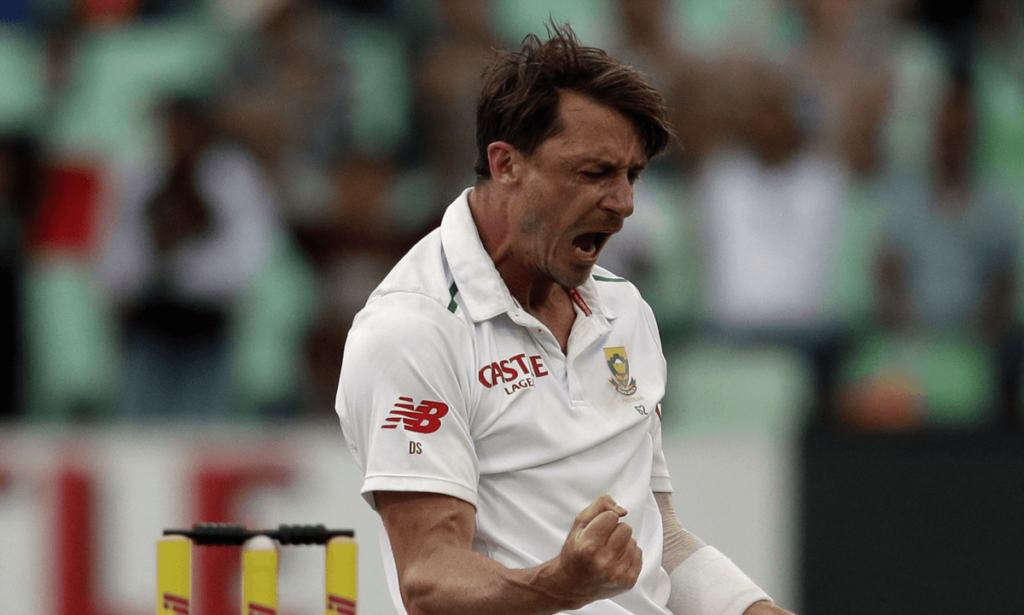
To truly understand the art of fast bowling, one must look at the profiles of some of the greatest fast bowlers in the history of cricket. These legends have showcased the art of fast bowling with their unique techniques and strategies. Players like Wasim Akram, Dale Steyn, Curtly Ambrose, and Dennis Lillee have set benchmarks for aspiring fast bowlers with their incredible skills and match-winning abilities.
Conclusion
In conclusion, fast bowling is a fascinating aspect of cricket that combines raw speed with strategy, skill, and precision. Mastering the art of fast bowling requires dedication, relentless practice, and a deep understanding of the various techniques and strategies. Aspiring fast bowlers should take inspiration from the legends of the game and work on refining their skills. Fast bowling remains an essential element that keeps cricket exciting and ever-evolving.




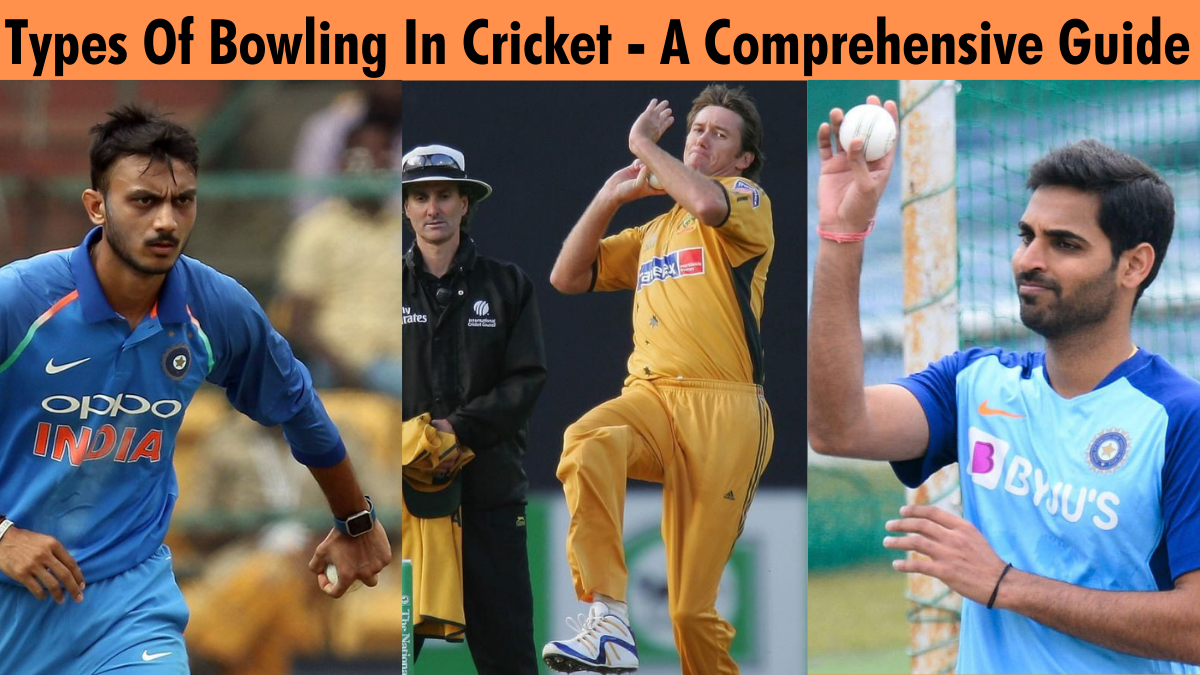
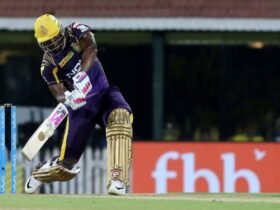

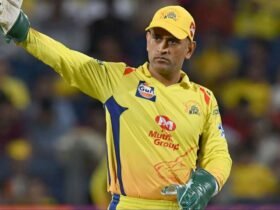
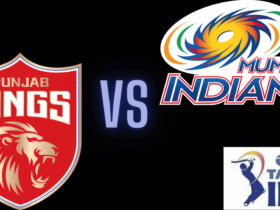

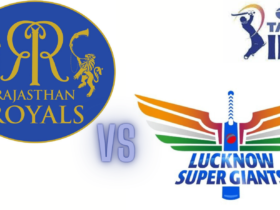


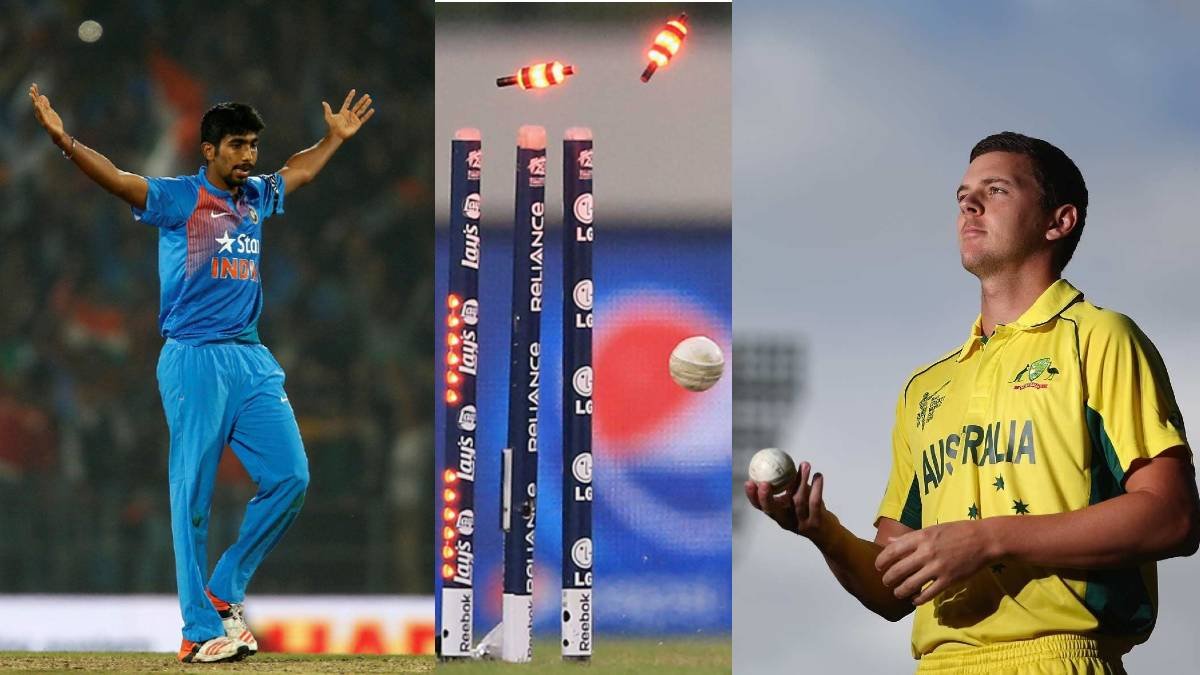




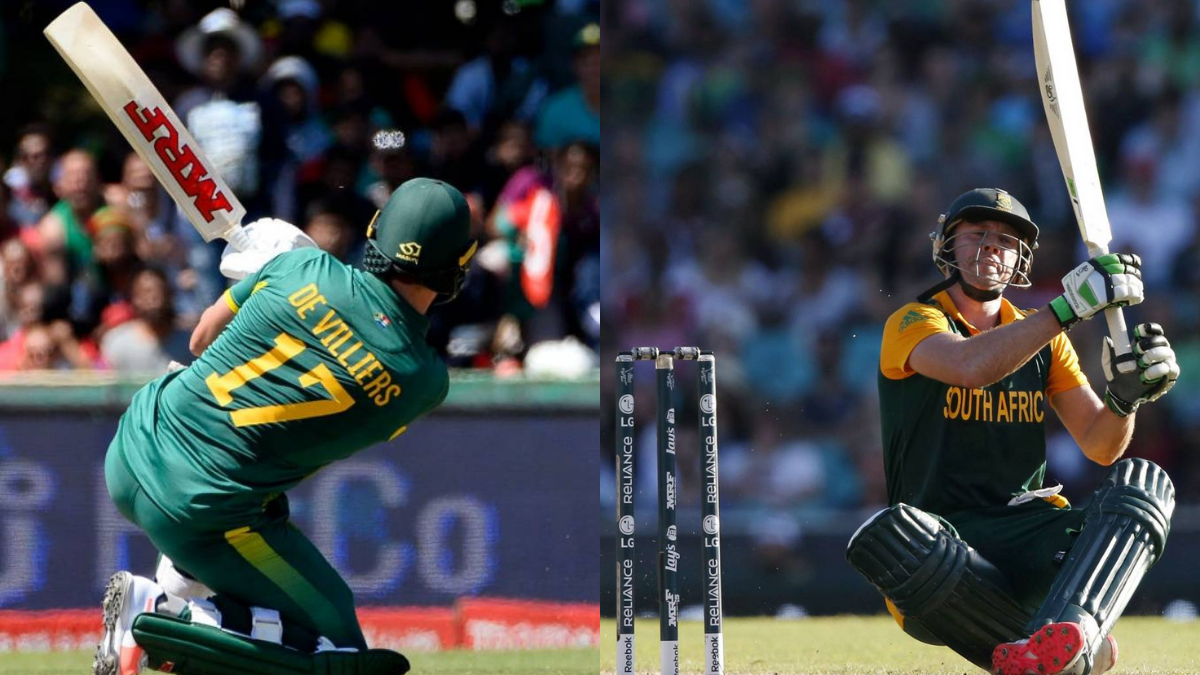




Leave a Reply